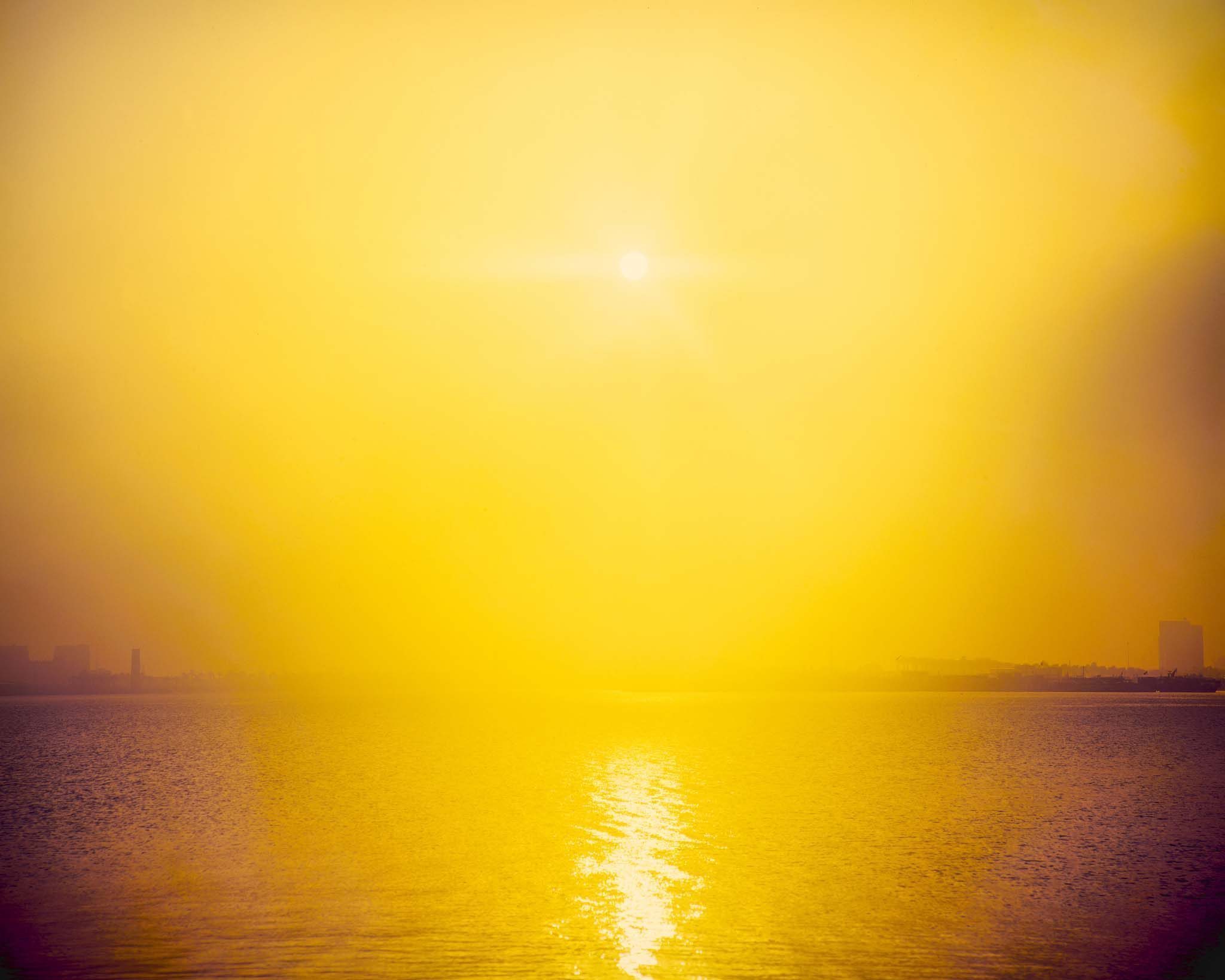
A spike in the number of dead fish found on Qatar’s beaches this summer is largely due to climate conditions including high sea temperatures and low levels of dissolved oxygen in the surrounding waters, marine experts have said.
Around 18 types of fish including the locally-found safi, sahri, jesh and rabib have all been affected by recent warm seas – both near the surface and at the sea-bed level, the Ministry of Environment and Qatar University (QU) said in a statement.

Specialists from the MoE‘s fisheries department and the management of environmental monitoring, as well as marine experts from Qatar University‘s Environmental Studies Center and the Ministry of Interior‘s Coasts and Borders Security Department, studied the reasons for reportedly high numbers of dead fish being found on the surface of the sea and also washing up on beaches.
Using QU’s marine research vessel Janan, the team surveyed the sea water, monitored and studied samples of dead fish and examined the physical and chemical characteristics of the sea waters at depths of seven meters, 14 meters and 29 meters, to investigate if there were any pollution issues.
Sea water samples were tested for temperature, dissolved oxygen, density, ionization and salinity, as well as its overall quality and safety.

During the research, which was conducted off Qatar’s coast last week, surface sea temperatures were found to be “relatively high”, ranging from 35.65C to 36.2C.
Sea-bed temperatures were of a similar level, from 35.76C to 35.92C, while dissolved oxygen levels were low, ranging between 2.99 and 3.86 milligrams per liter.
Hot water
Ruling out pollution as a cause, the team said that that in this case, the fish deaths were primarily a result of “climatic factors, most importantly rising summer sea temperatures”, which happens in Qatar’s waters every couple of years around late August and early September, before starting to cool again.

Related factors of marine plankton, wind, ocean currents and low levels of dissolved oxygen also contributed, the MoE said.
While not mentioned in this statement, previous research by Qatar specialists has found that fish, particularly those species living on the sea floor, can become ill and die when sea temperatures exceed 35C.
QU Marine Biology Professor Dr Ibrahim al Maslamani said the high summer temperatures particularly affected demersal fish, which live and feed on or near the sea floor. They are less mobile than other more agile, pelagic species (which live in open water columns) and are unable to swim away to find cooler waters when the sea temperatures rise.
In a statement, the Director of the MoE’s Fisheries Department, Mohammed Saeed Shukairy al Mohannadi, said that the results of the survey “confirm that the current phenomenon of fish mortality is a direct result of climatic conditions in terms of high sea temperature and the subsequent low dissolved oxygen levels.”
Previous research
It is not unusual for Qatar’s sea water to heat up at this time of year. QU’s Dr Ibrahim Mohamed Al-Ansari, who took part in this recent research, has been monitoring the sea temperatures around the state for decades.

He said that spikes in sea temperatures can happen approximately every other year.
In 2002, Dr Al-Ansari published a paper on research he and other colleagues undertook, examining why 40 tons of dead fish were found off Qatar’s east coast in the summers of 1996 and 1998, when the sea temperatures rose to 37C and 38.6C respectively.
They ruled out pollution, algae poisoning, parasites or other disease.
The team found that when sea water warmed up beyond 35C, many species of fish, particularly those found around coral reefs, couldn’t cope. They have difficulty breathing, can’t feed, swim uncontrollably and eventually die, creating what scientists term a “fish kill phenomenon”.
In a controlled experiment, they tested 10 species of fish and found that none could survive for more than 24 hours in water hotter than 35C.
Qatar’s waters are home to around 150 fish species from around 50 families.
Thoughts?







